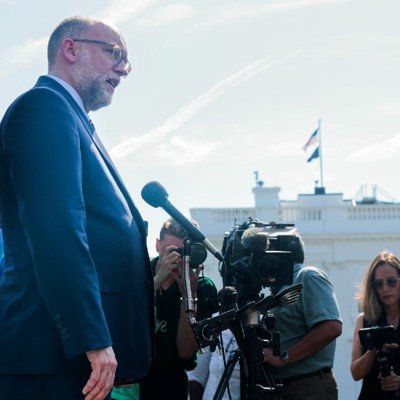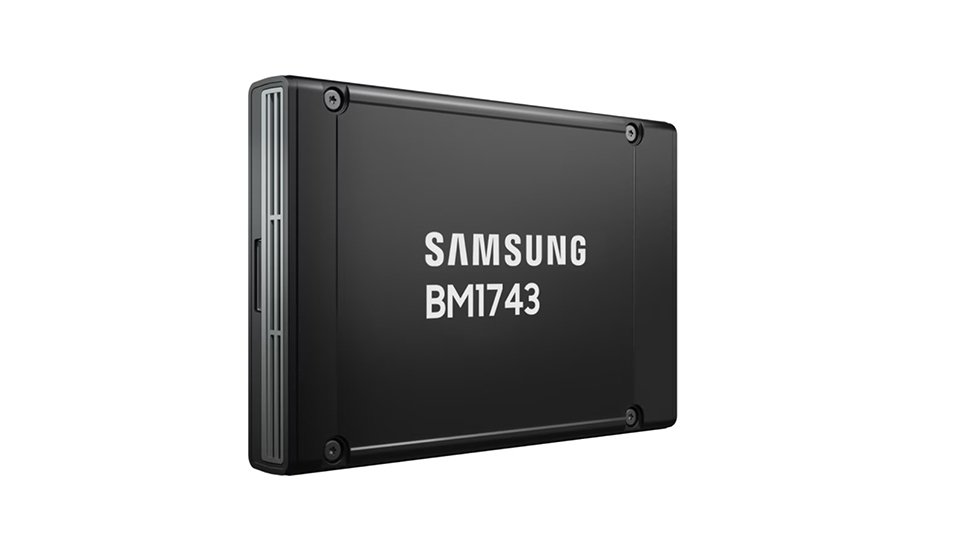A new memo from the Office of Management and Budget describes how the General Services Administration will take over much of the government’s buying of what it calls “common goods and services.”
That memo sent Friday by OMB Director Russell Vought provides the implementation plan for President Trump’s March executive order, Eliminating Waste and Saving Taxpayer Dollars by Consolidating Procurement.
According to the memo, only 20% of the nearly $500 billion that GSA calls “common goods and services” flowed through the agency’s vehicles.
“Many, but not all, common requirements are highly suitable for consolidation,” the memo states.
GSA’s priority for consolidation will focus on four requirement factors:
- No variance based on the mission of the agency.
- Involve highly-commercialized products and services with no customization.
- Easy to standardize.
- Allow for economies and efficiencies by reducing variation in offerings and services.
Procurements that are less likely to be consolidated at GSA are requirements that, while similar, can still differ between different agencies and those deemed complex or mission-specific in nature. Procurements not run by GSA will still require ongoing engagement between the buying and program offices.
Amendments to the Federal Acquisition Regulation are coming in the next 60 days that will require agencies to use existing contracts. Agencies are currently encouraged to do that.
“Common sense dictates that agencies should routinely use existing government-wide contracts that can meet their needs before undertaking the time and expense of creating a new contract on the open market,” the memo states.
The FAR changes also will require agencies to get approval if they do not use an existing government-wide contract.
OMB outlined two primary approaches to achieve greater consolidation:
- Centralized contracting: Dramatically increasing agency use of existing GSA schedules and Best-in-Class contracts. Category managers have 60 days to identify opportunities for new mandatory government-wide contracts.
- Functional centralization: Moving entire procurement functions to GSA, where the agency would handle acquisitions on behalf of other departments. This shift would essentially make GSA the procurement arm for other agencies’ common purchases.
The memo does not mention any existing contracts by name, such as NASA’s SEWP or the National Institutes of Health’s CIO-SP vehicles. Discussions on moving these vehicles to GSA are apparently ongoing and not finalized.
CIO-SP4 is mired in protests at the U.S. Court of Federal Claims. NIH’s IT acquisition arm is working against a Sept. 30 deadline to complete a corrective action and address requirements of several Trump executive orders on procurement consolidation.
NASA’s SEWP office is still evaluating proposals and is aiming to make awards by the end of September as well.




